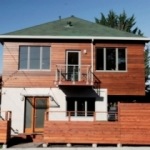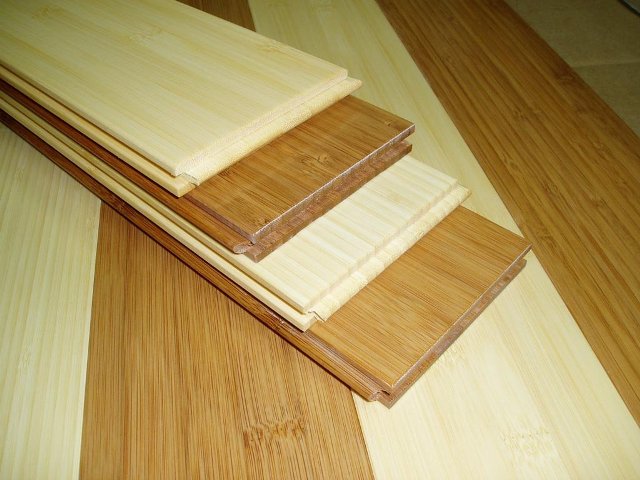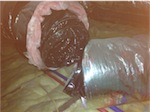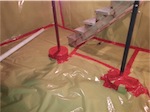Wood burning fireplaces and stoves are popular. They not only provide heating but they also create a cozy ambience that most people enjoy.
However, it is important to use the right firewood and to use them right to maximize the heating benefit and minimize health hazards.
When firewood burns, it generates smoke which is a mixture of toxic gases and particles. The smoke can include benzene, formaldehye, methane and acrolein, in addition to carbon dioxide and possibly carbon monoxide if combustion is not complete. Firewood smoke can pollute indoor air and affect everyone in your home. When the smoke gets in the house, it can cause teary eyes, runny nose, coughing, asthma and other health related problems. If a firewood burning appliance is smoking a lot, it is generating more pollutants. Children, teenagers, older adults, especially people with asthma or other lung diseases are most susceptible. Of course, high concentration of carbon monoxide is lethal.
What can you do to maintain a healthy fire for everyone to enjoy? You need to use good firewood to build a good fire. In particular, use dry firewood. Damp wood lowers the burning temperature resulting in more smoke, hence more pollutants, being created. Damp wood also reduces heat-generating efficiency. If you smell or see smoke inside the house, that means harmful air pollutants are there.
Here are some tips to use firewood safely and effectively.
- Install a carbon monoxide, carbon dioxide and toxic gas detectors in the room where firewood is burned.
- Use only dry, seasoned wood. They burn hotter and save you money.
- Never burn wet/damp wood, diseased wood, pressure treated wood, painted wood, particle board, plywood, wood with glue on it, cardboard, magazine, gift wrapping paper, any paper with colored ink on it, dirty newspaper, plastic, foam, garbage, etc. They produce more toxic chemicals when burned.
- Do not use logs made from wax and sawdust – they are intended for open-hearth fireplaces. If you like to use manufactured logs, be sure they are made of 100% compressed sawdust.
- Dry wood outdoors through summer for at least six months, hardwood for one year. Stack them properly so the wood can dry thoroughly (see pictures below).
- Start fires with twigs, small sticks or clean newspaper.
- Keep fires burning hot, not smoldering.
- Keep your wood-burning appliances doors closed unless loading or stoking the live fire. Otherwise, harmful chemicals, like carbon monoxide, can be released into your home.
- Make sure that the flues are open when you use wood-burning appliances.
- Check and maintain tight seals in wood-burning appliances.
- To maintain good airflow, remove ashes from fireplace and place them in a metal container with cover. Place container outdoors away from the house and wood deck.
To have healthier indoor air in your home, it is a good idea to use an EPA-approved wood-burning fireplace or stove. Today’s wood-burning fireplaces and stoves burn cleaner and produce less smoke. They burn less wood and save you money. You also spend less time bringing in the wood from outside and save you time. There is a $300 tax credit to purchase certain EPA-approved models.









This post is a big help for me…It gives me idea why every time i burn wood it releases more smoke that fire…
One of my favorite things to do is to pack up our truck with a bunch of firewood and take my family to go have a bonfire in the mountains. One of my sons recently got diagnosed as having asthma and so we definitely want to make sure that the wood burns hot and doesn’t smoke too much. These are some great tips that we will be starting to follow. http://www.precisiontreecare.com/fire-wood
I’m glad it’s helpful for you. Let us know if there is any home health related article you want us to write about.
Hi Sundong!
We have a Franklin-type woodburning stove in our kitchen that we’ve never used in the 9 years we’ve been here. It does not appear to have a retrofit to make it burn efficiently. What do you advice? You’re most welcome to come over for a visit and lunch or coffee! Linda
A very good message you have given to all members of this post. Thanks